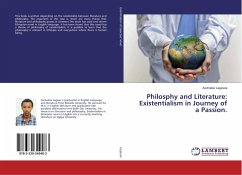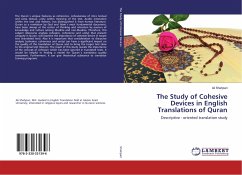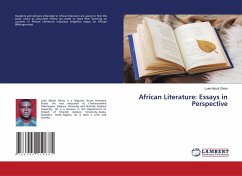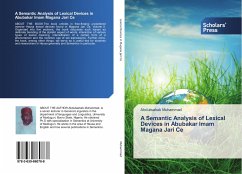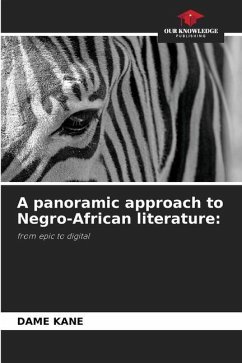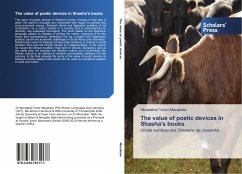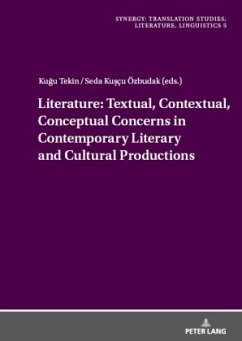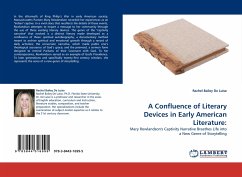
A Confluence of Literary Devices in Early American Literature:
Mary Rowlandson''s Captivity Narrative Breathes Life into a New Genre of Storytelling
Versandkostenfrei!
Versandfertig in 6-10 Tagen
32,99 €
inkl. MwSt.

PAYBACK Punkte
16 °P sammeln!
In the aftermath of King Philip's War in early American society, Massachusetts Puritan Mary Rowlandson recorded her experiences as an "Indian" captive. In a vivid story that recollects the details of these events, Rowlandson attempts to impart a message to her community through the use of three existing literary devices. The genre of the "captivity narrative" that evolved is a distinct literary mode developed as a confluence of these: spiritual autobiography, a documentary method meant to archive spiritual and emotional growth through a record of daily activities; the conversion narrative, whi...
In the aftermath of King Philip's War in early American society, Massachusetts Puritan Mary Rowlandson recorded her experiences as an "Indian" captive. In a vivid story that recollects the details of these events, Rowlandson attempts to impart a message to her community through the use of three existing literary devices. The genre of the "captivity narrative" that evolved is a distinct literary mode developed as a confluence of these: spiritual autobiography, a documentary method meant to archive spiritual and emotional growth through a record of daily activities; the conversion narrative, which made public one's theological assurance of God's grace; and the jeremiad, a sermon form designed to remind Puritans of their Covenant with God. To her contemporaries, Rowlandson served as an example of God's Providence. To later generations and specifically twenty-first century scholars, she represents the voice of a new genre of storytelling.



